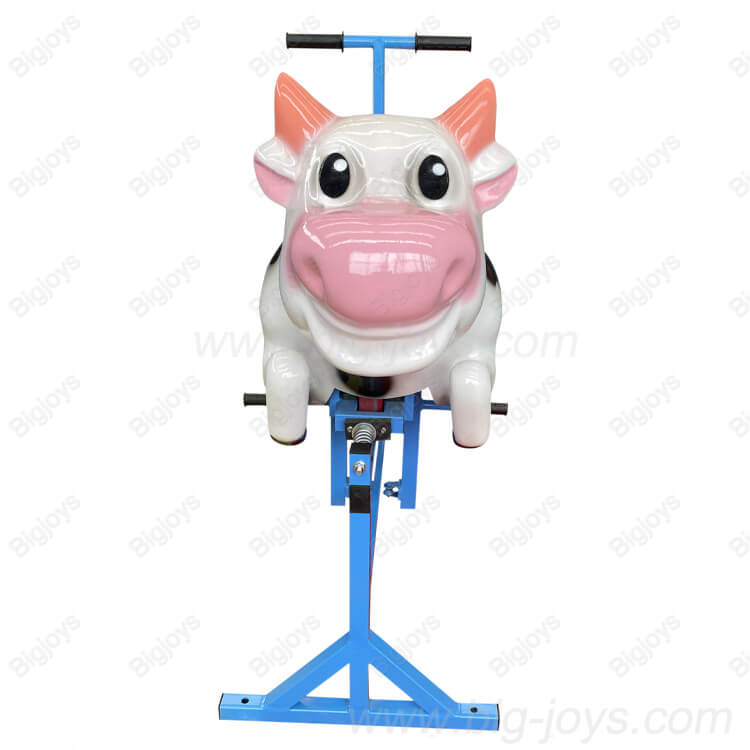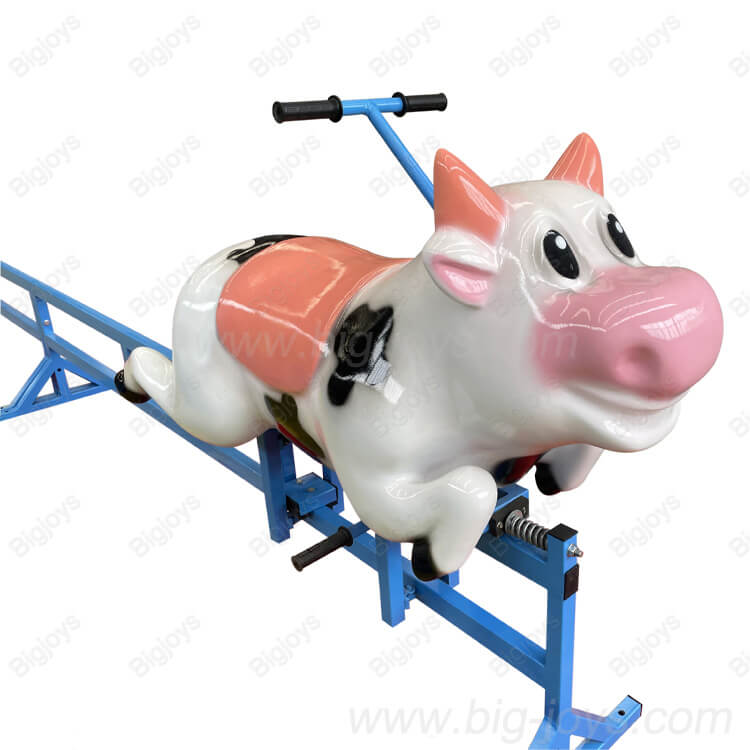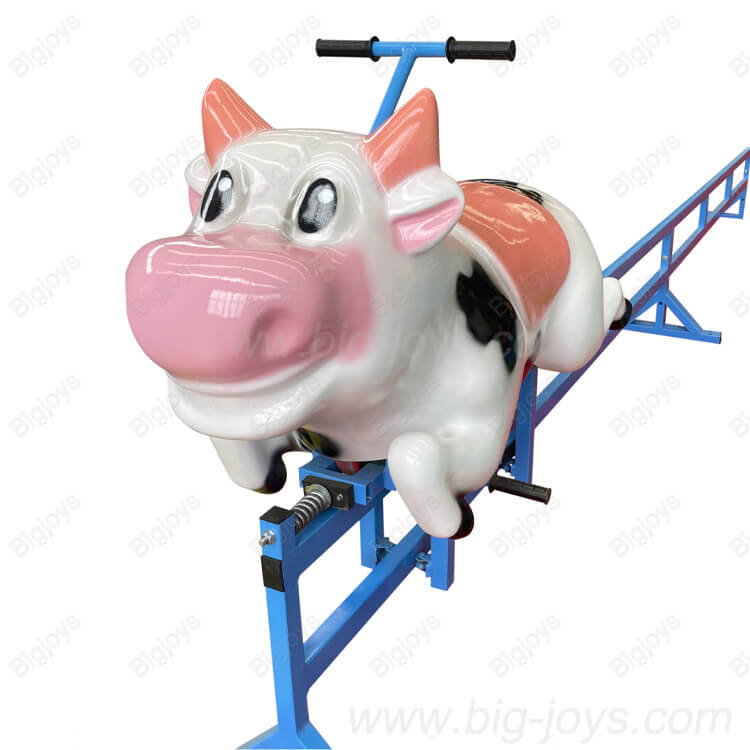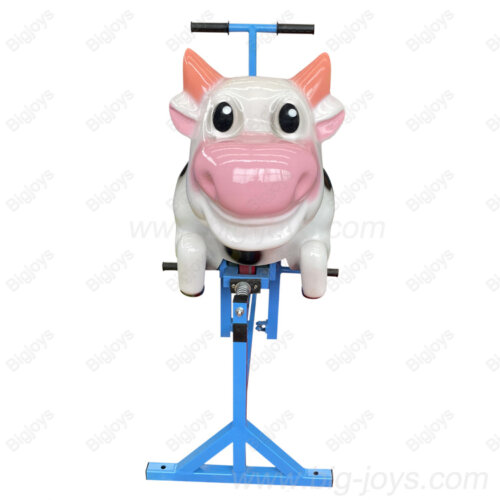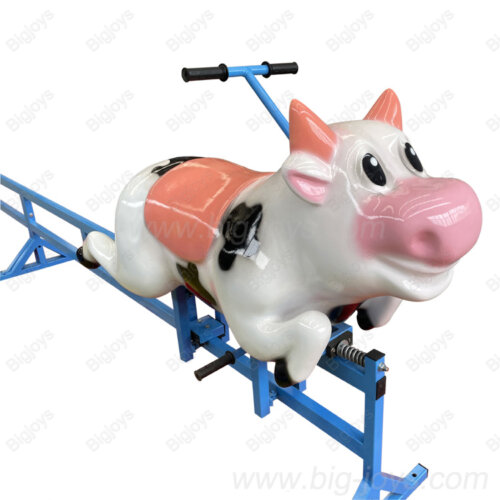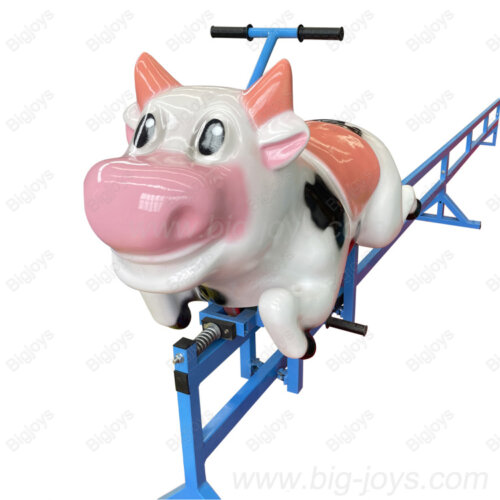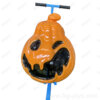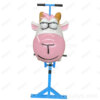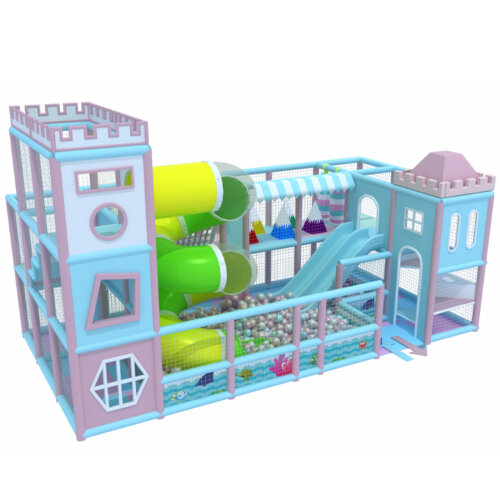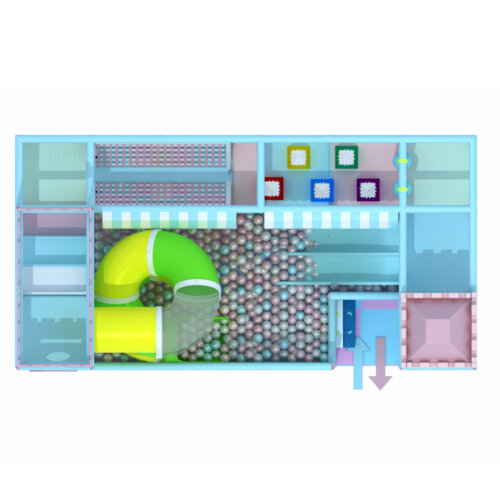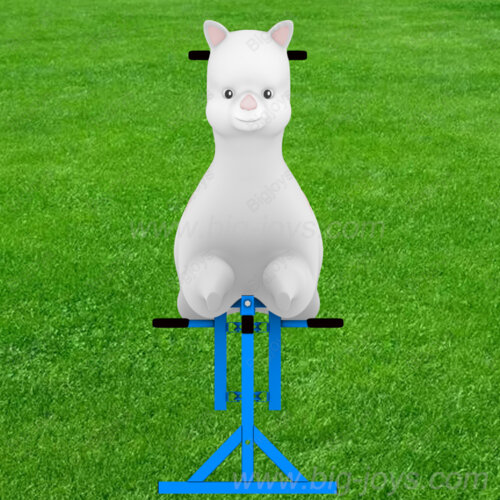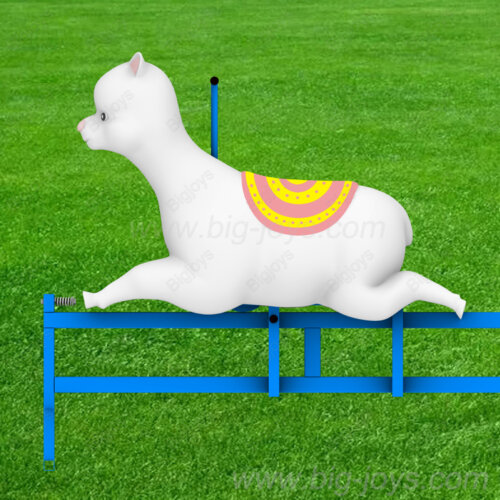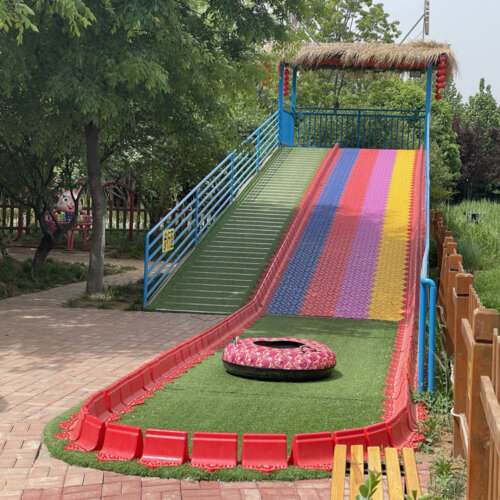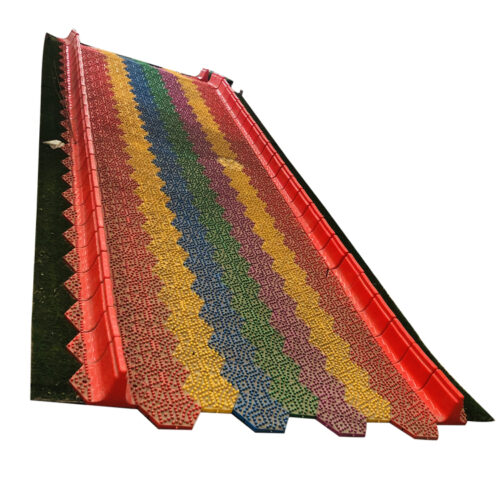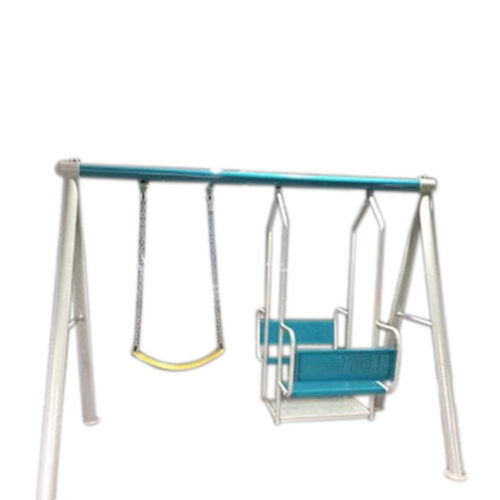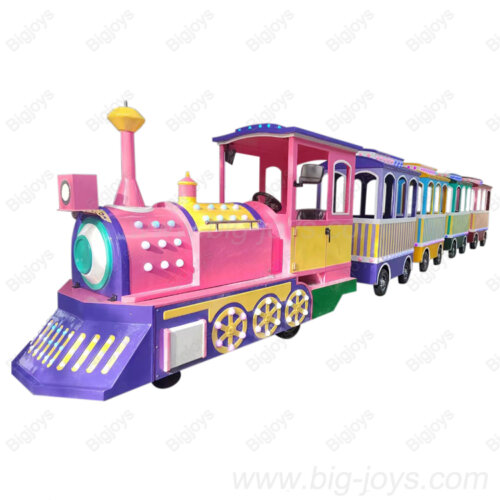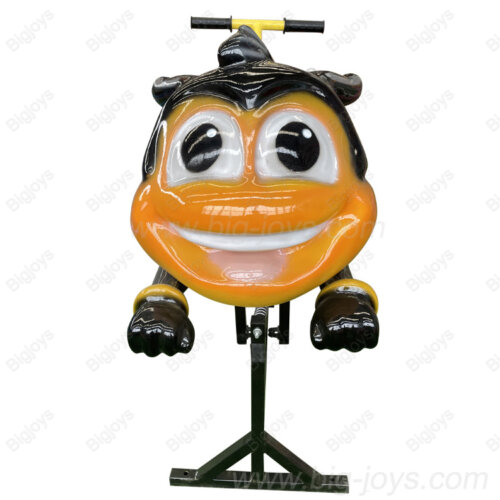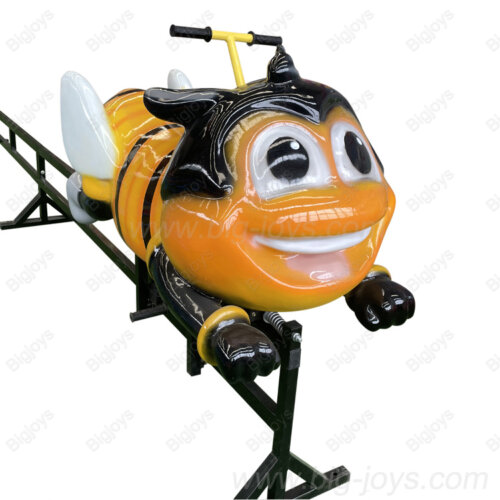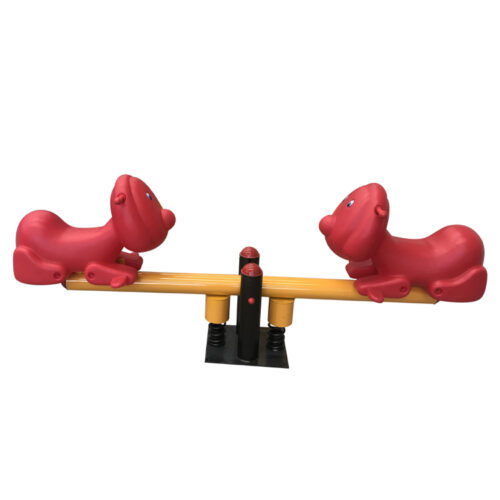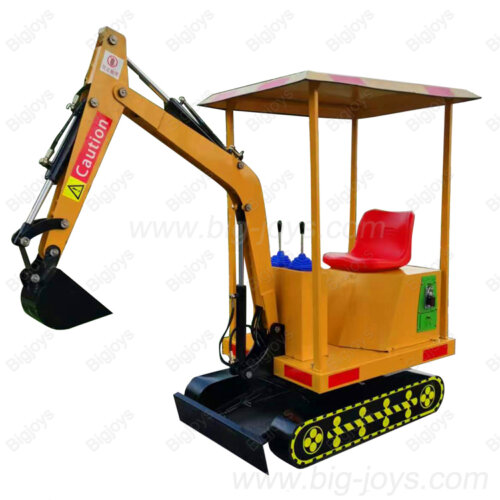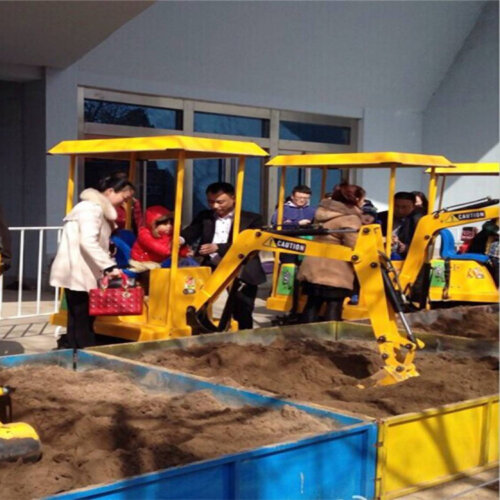Specifications:
Track Length: 50ft Long (Standard) or Cutsomized as request. Galvanized Tubes with Powder coated;
Animal: High-strength Fiber Glass with anti-rust automotive paint;
Working Way: by Hand (without power) ;
Rider: 1 animal for 1 rider; suitable for 5-12 years old;
Load Capacity: Not exceed 65kgs;
Customized design is acceptable!
Cow Race: A Hoof-stomping and Hilarious Spectacle
In the world of unique and entertaining events, the Cow Race has emerged as a bovine-inspired extravaganza that draws crowds and spreads laughter.


1. Introduction to the Cow Race
The Cow Race is an event that typically takes place in rural areas, agricultural fairs, or countryside festivals. It involves a group of cows being “encouraged” to race along a designated track, creating a chaotic and comical scene that is sure to delight spectators.
The Cow Race is an event that typically takes place in rural areas, agricultural fairs, or countryside festivals. It involves a group of cows being “encouraged” to race along a designated track, creating a chaotic and comical scene that is sure to delight spectators.
2. The Setup and How It Works
- The Cow Herd and Selection: A number of cows are chosen to participate in the race. These cows can vary in breed, size, and temperament. Some may be more docile and easily coaxed, while others might have a bit more spunk and unpredictability. The selection process often takes into account the cows’ health and ability to handle the excitement of the race.
- The Race Course: A track is prepared, usually a grassy or dirt path that is wide enough to accommodate the cows. The length of the track can vary, but it is designed to give the cows a reasonable distance to run. There are starting gates or areas where the cows are lined up, and a finish line at the other end. Along the course, there may be some simple barriers or markings to keep the cows somewhat on track.
- The “Motivation”: Since cows don’t naturally have a strong inclination to race like thoroughbred horses, various methods are used to get them moving. This can include the use of treats, such as buckets of feed or apples placed at the end of the track. Cowboys or handlers may also be present, gently prodding or guiding the cows in the right direction. However, the cows often have their own ideas and may wander off, stop to graze, or simply stroll along at their own pace, which is part of the charm and hilarity of the event.
3. Benefits of the Cow Race
- Entertainment and Laughter: The Cow Race is first and foremost a source of great entertainment. The unpredictable behavior of the cows, their slow and sometimes clumsy movements, and the chaos that ensues as they meander down the track create a lighthearted and humorous atmosphere. Spectators can’t help but laugh and cheer as they watch these gentle giants “compete.”
- Rural and Agricultural Promotion: It showcases the rural way of life and the importance of agriculture. It gives city dwellers and tourists a chance to experience a unique aspect of farming and the countryside. It can also help promote local farms, dairies, and agricultural businesses, as people become more interested in the source of their food and the rural community.
- Community Bonding: The event brings the community together. People from different backgrounds and ages gather to watch the cow race, share stories, and enjoy the festivities. It strengthens the sense of community and creates a shared memory and experience.
4. Safety Considerations
- Cow Handling Safety: The handlers and cowboys involved in the race need to be experienced and trained in handling cows. They should know how to approach and interact with the animals safely to avoid getting kicked or injured. Protective gear, such as boots and gloves, may be worn.
- Spectator Safety: The area around the race track should be fenced or roped off to keep spectators at a safe distance. There should be clear signage and announcements about safety procedures. Since cows can be unpredictable, it’s important to ensure that the crowd is protected in case a cow veers off course.
- Animal Welfare: The welfare of the cows is crucial. The race should not cause undue stress or harm to the animals. The track should be free of any sharp objects or hazards that could injure the cows’ hooves or legs. After the race, the cows should be given proper care and attention, including access to food, water, and a comfortable resting place.
5. Ideal Locations and Usage
- Agricultural Fairs: Cow Races are a perfect fit for agricultural fairs. They add a unique and fun element to the fairgrounds, attracting a wide range of visitors. They can be scheduled as a main event or as part of a series of livestock-related shows and competitions.
- Countryside Festivals: In small towns and rural communities, countryside festivals can feature cow races. These festivals celebrate the local heritage and traditions, and the cow race becomes a symbol of the area’s agricultural roots. It can be combined with other activities like tractor pulls, pie-eating contests, and live music.
- Farm Open Days: Some farms may host cow races during their open days or special events. This gives visitors a chance to see the farm in action and experience a fun and unusual activity. It can also be used as an educational opportunity to teach people about cow behavior and farming practices.


